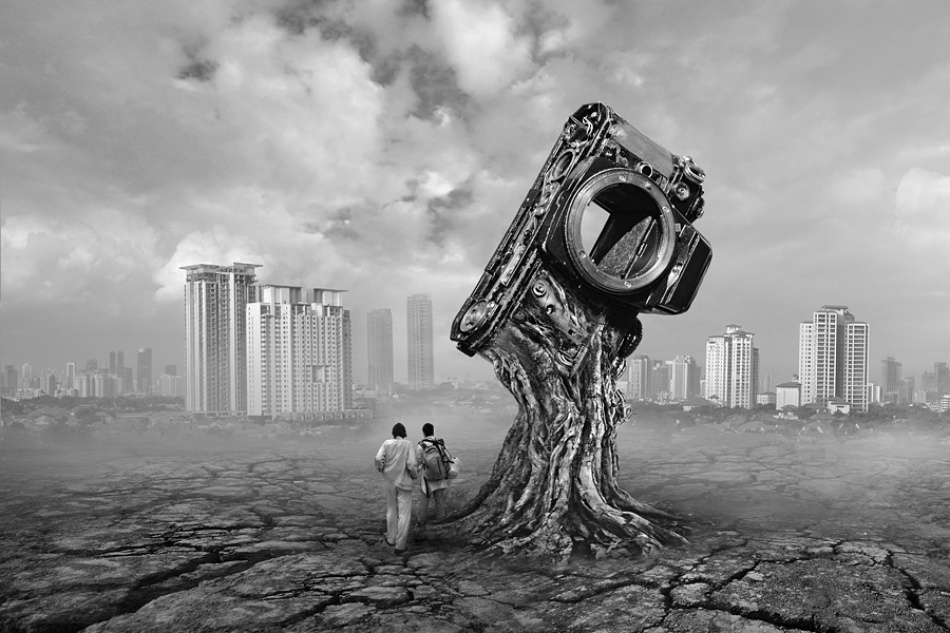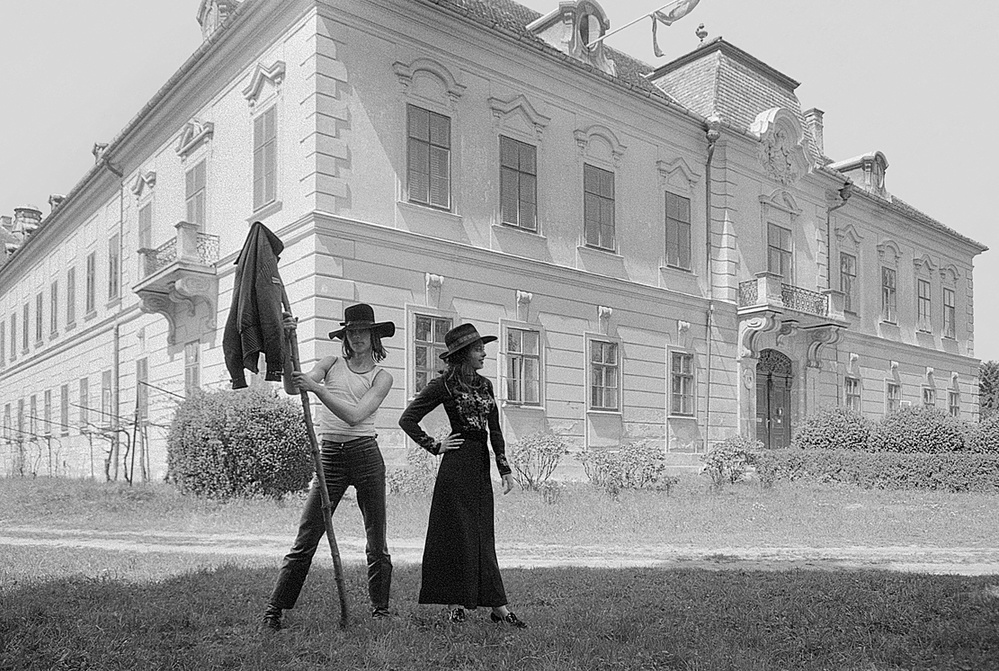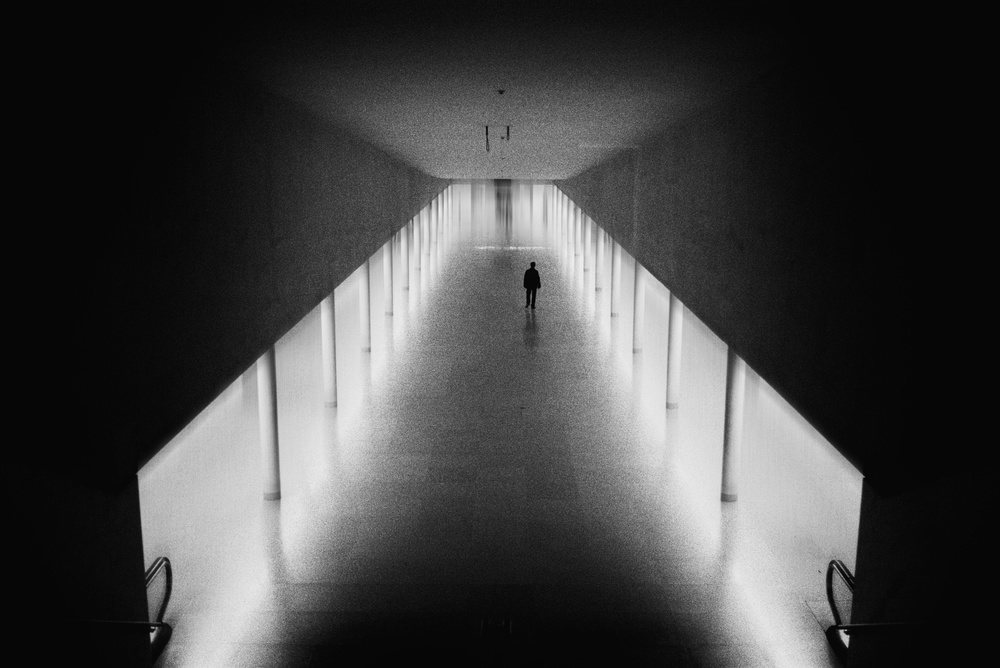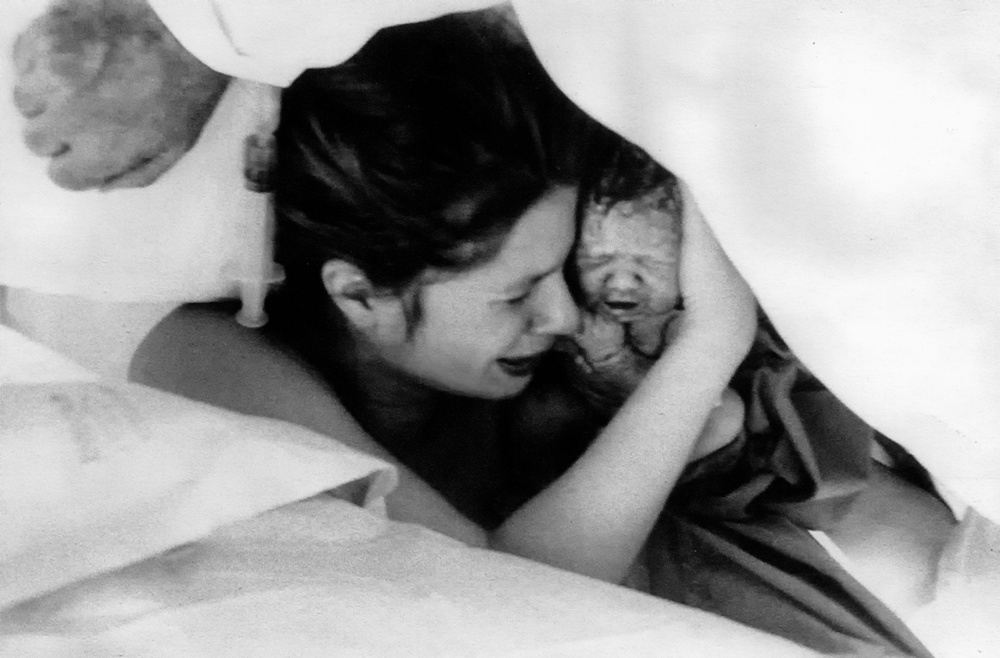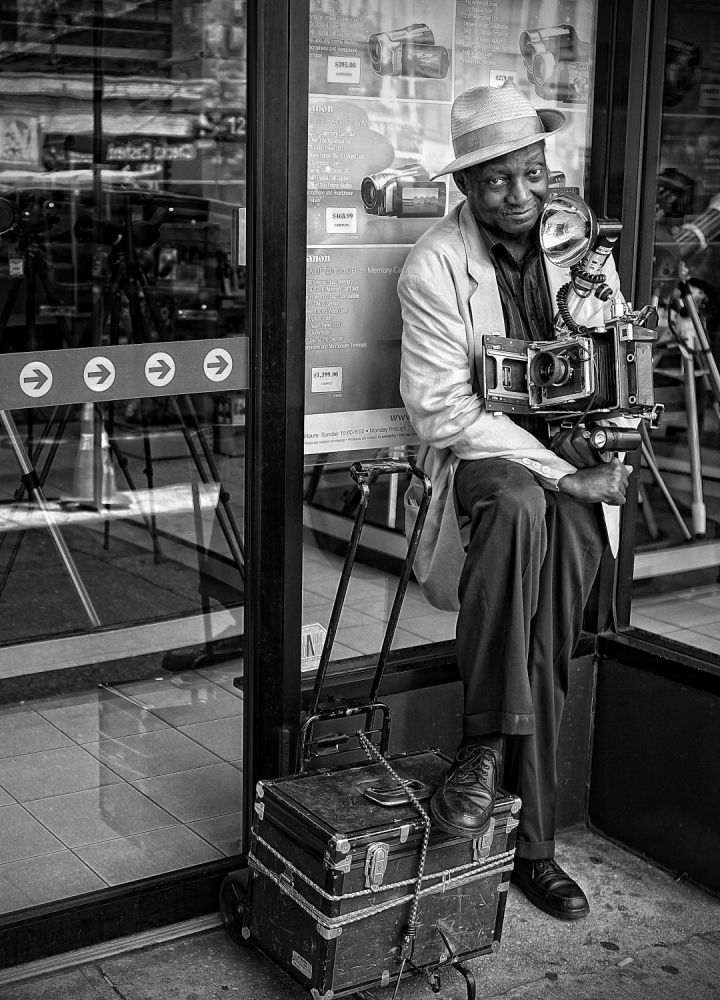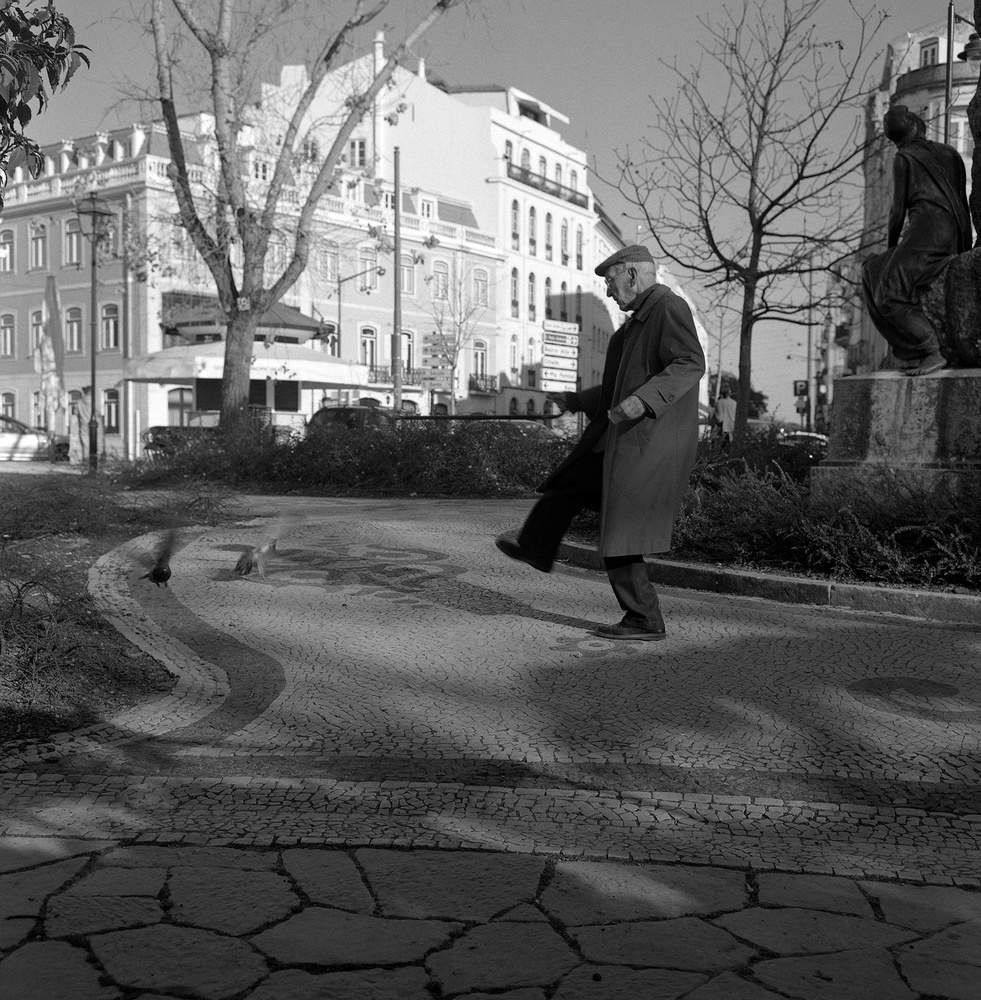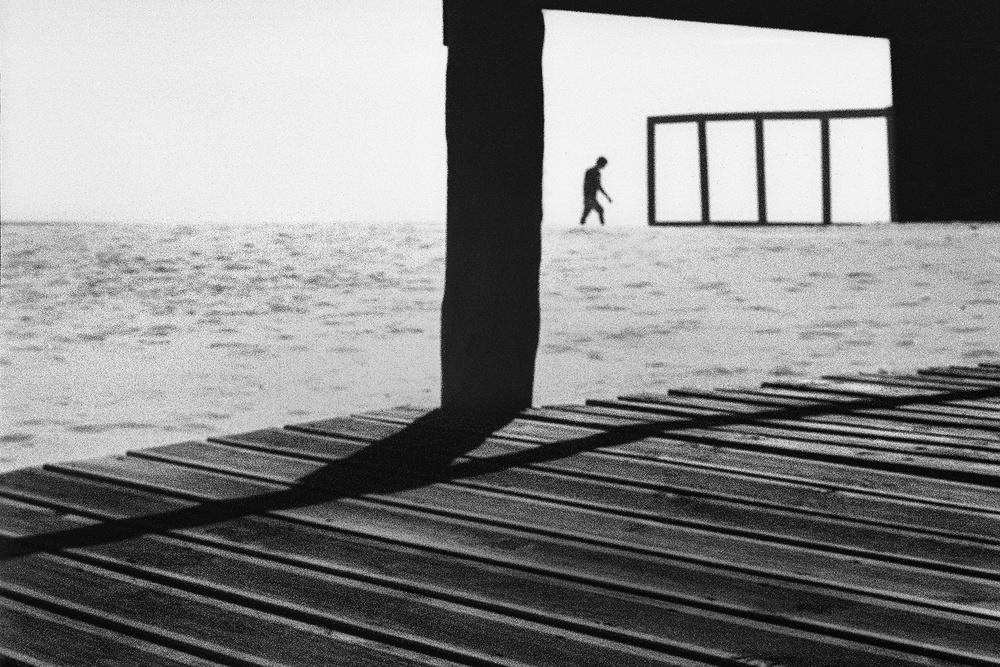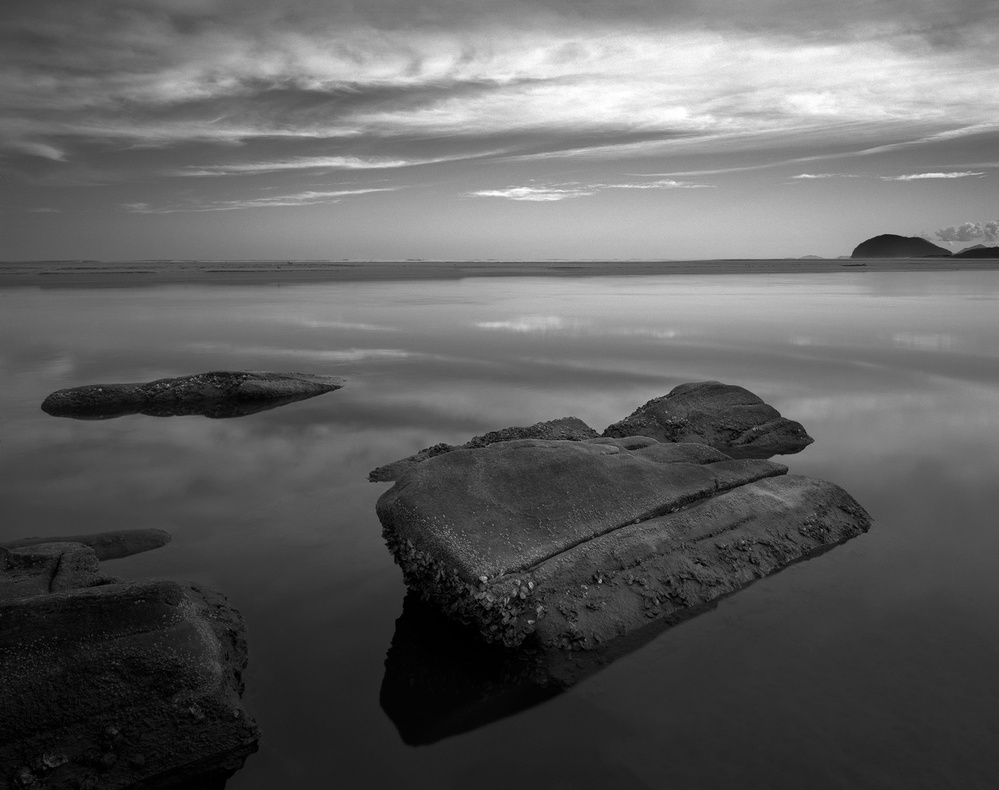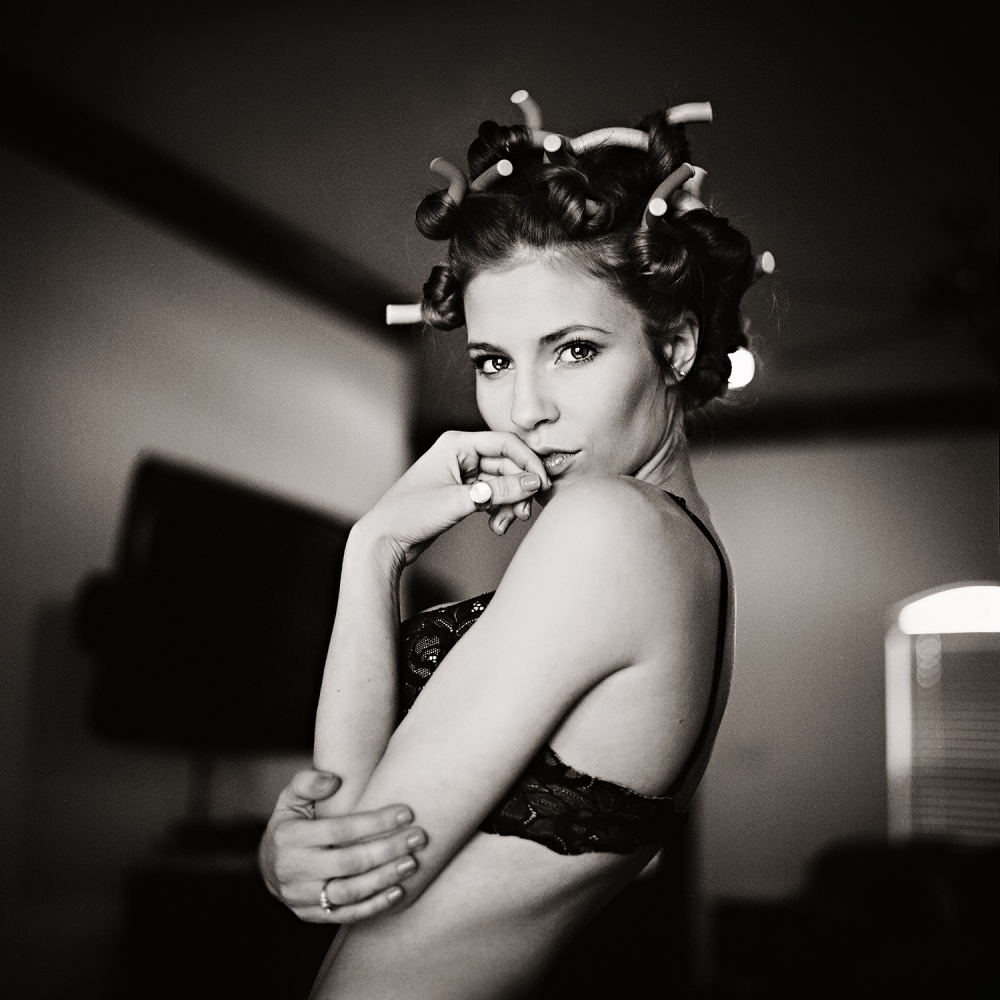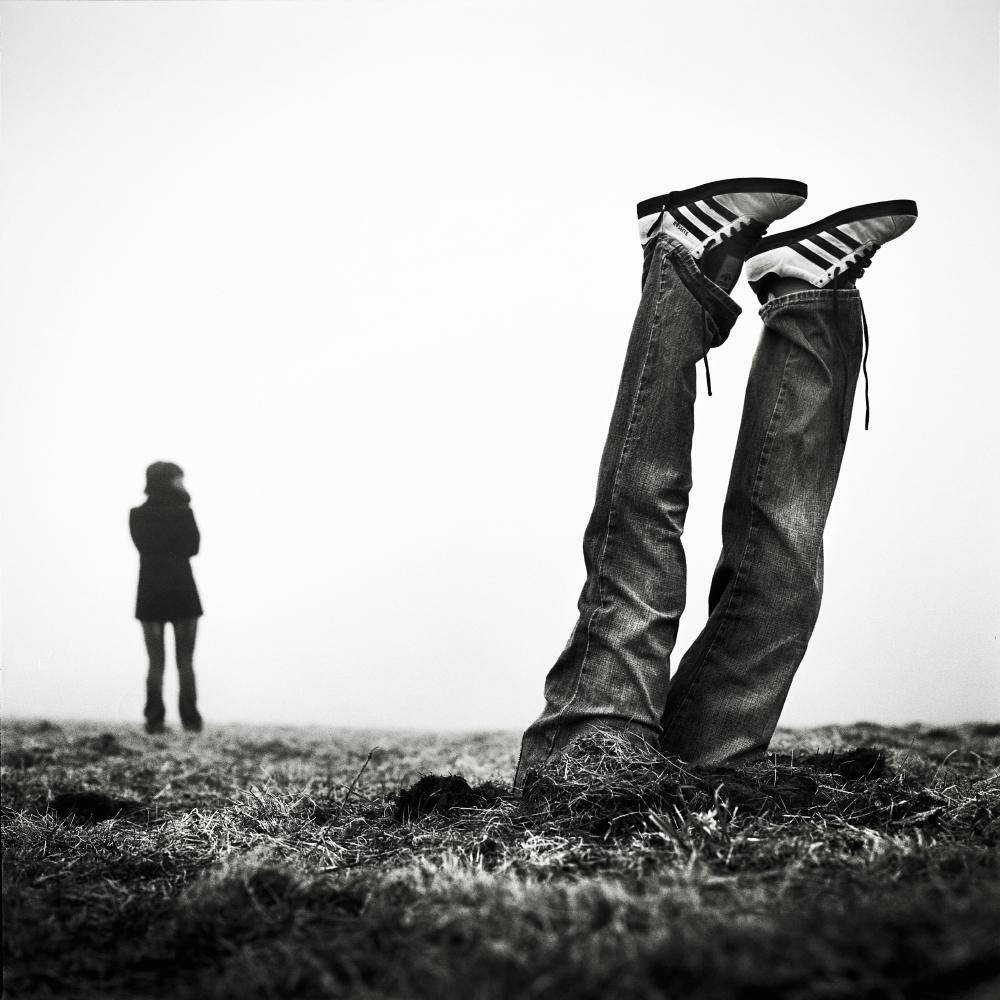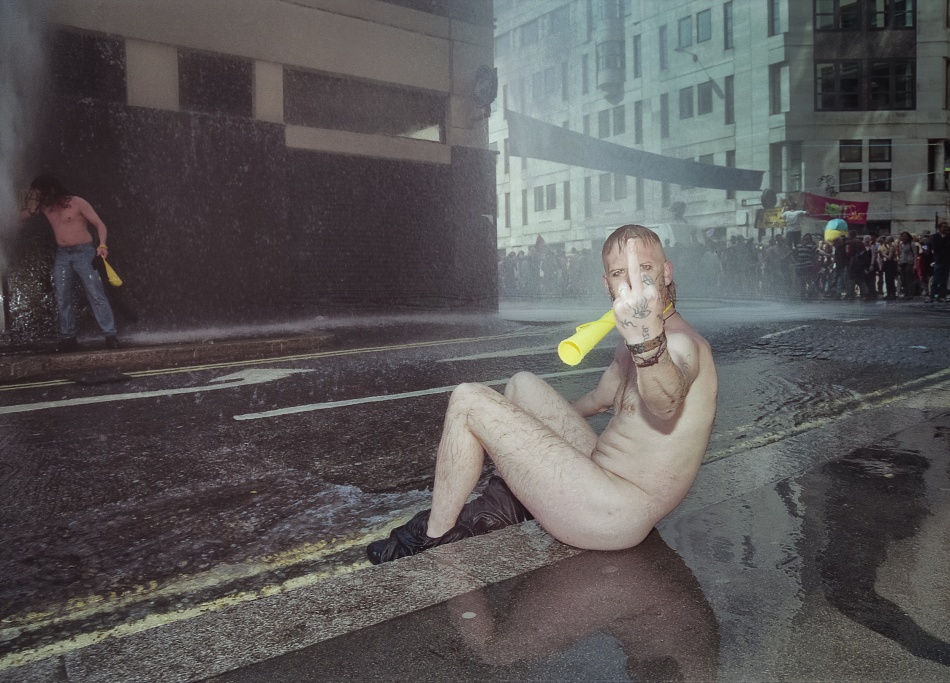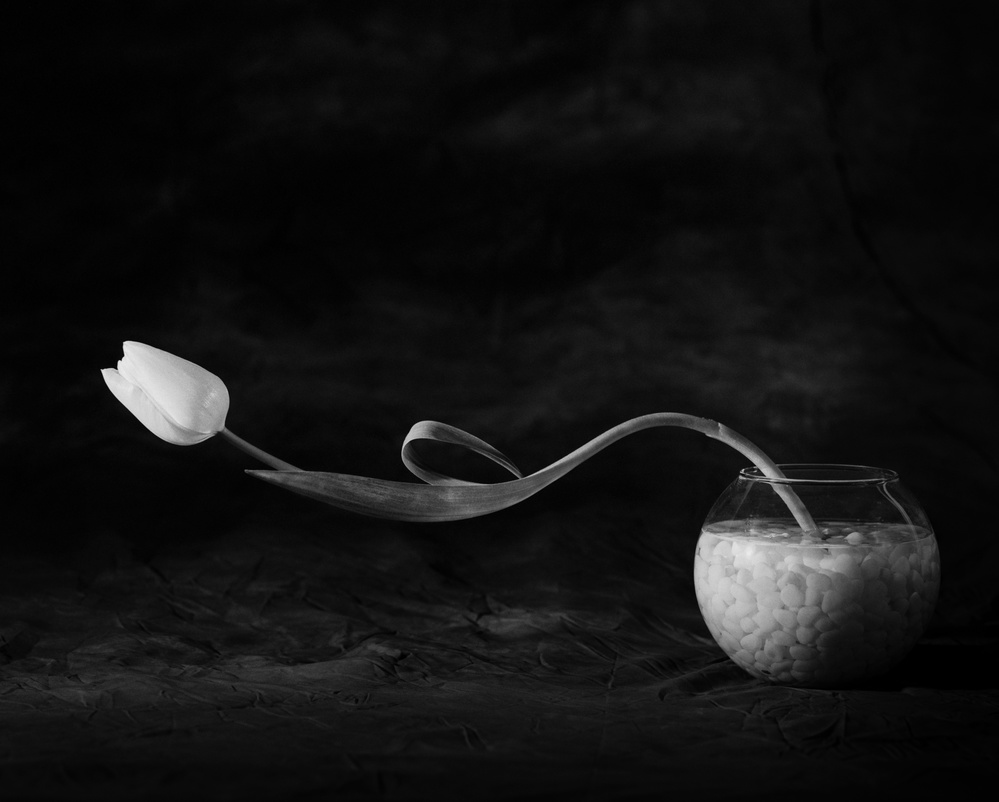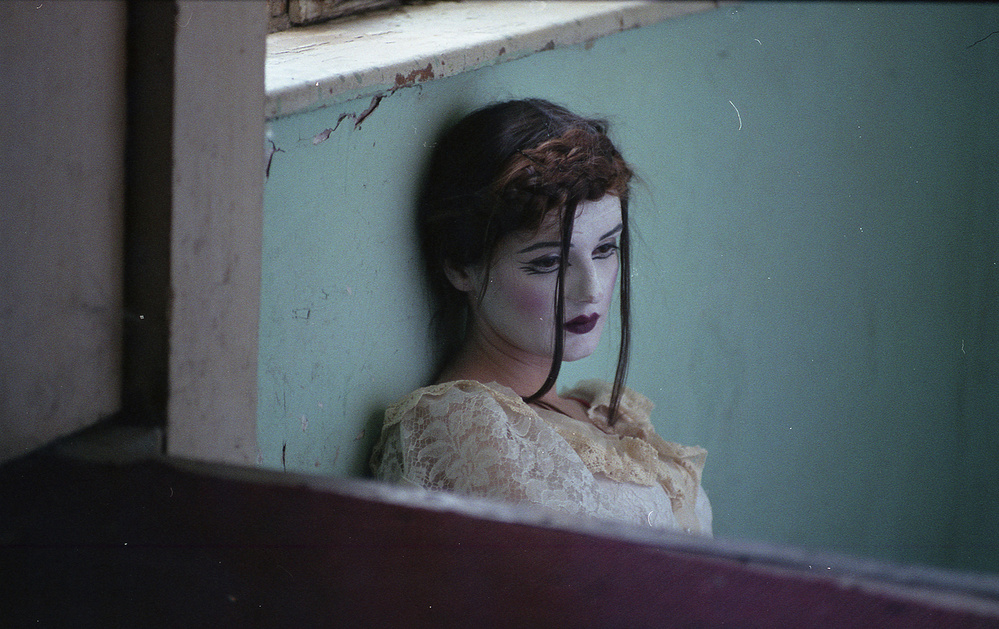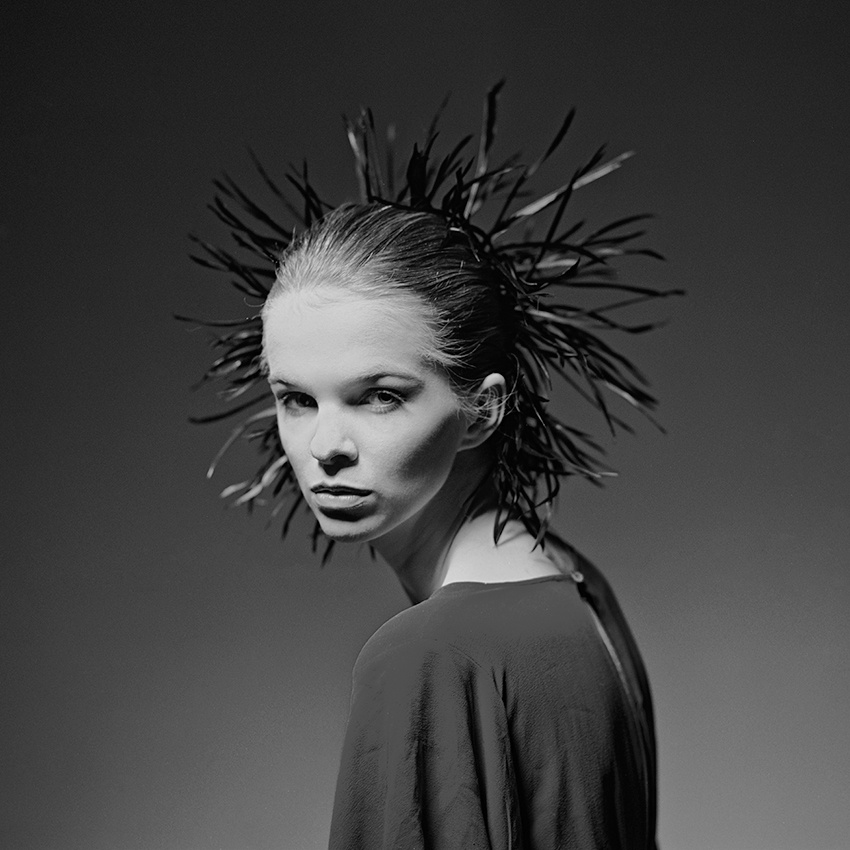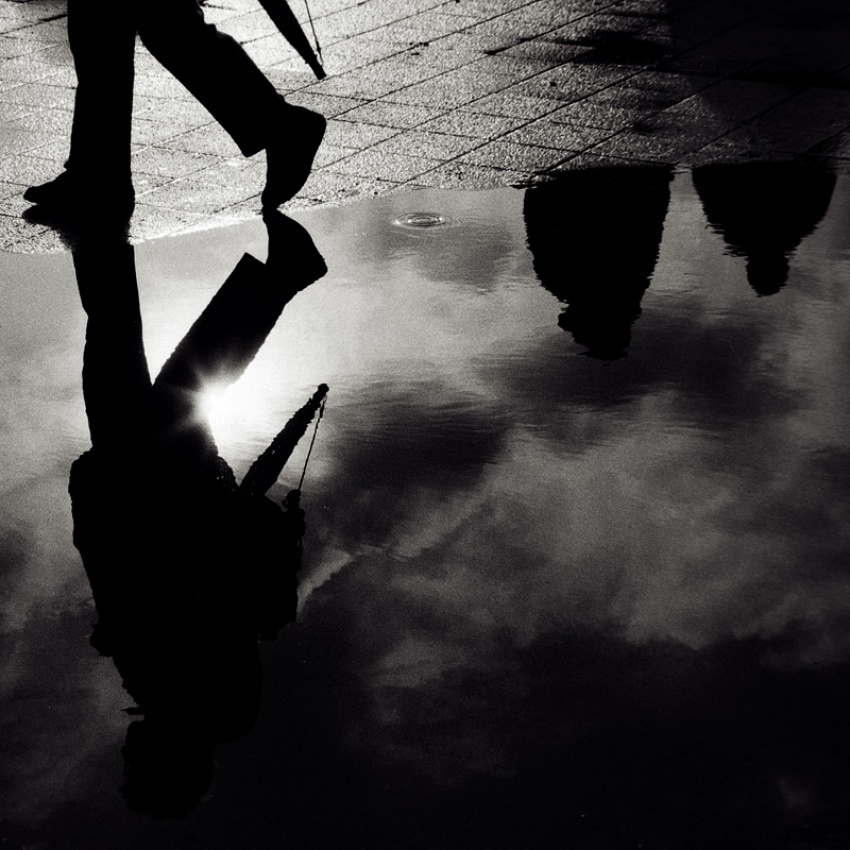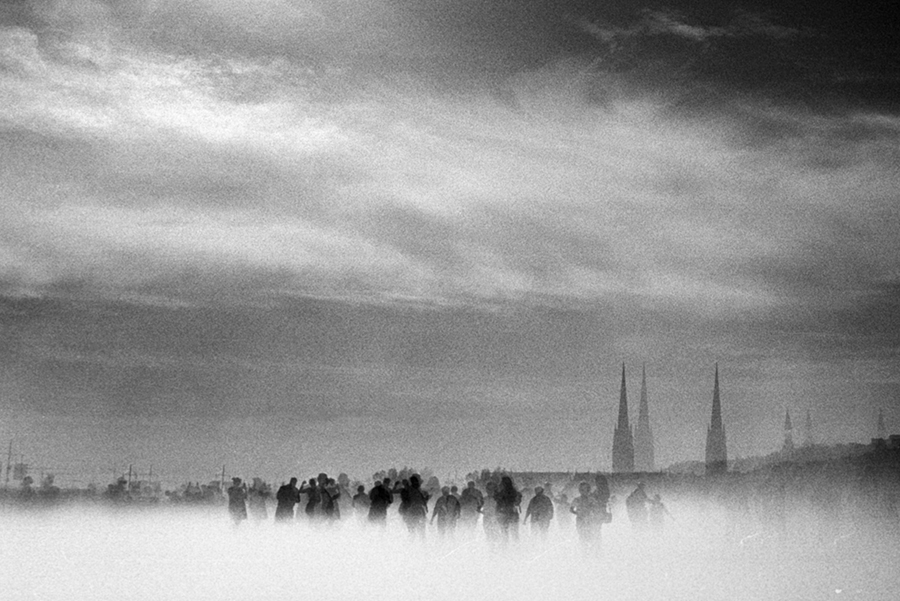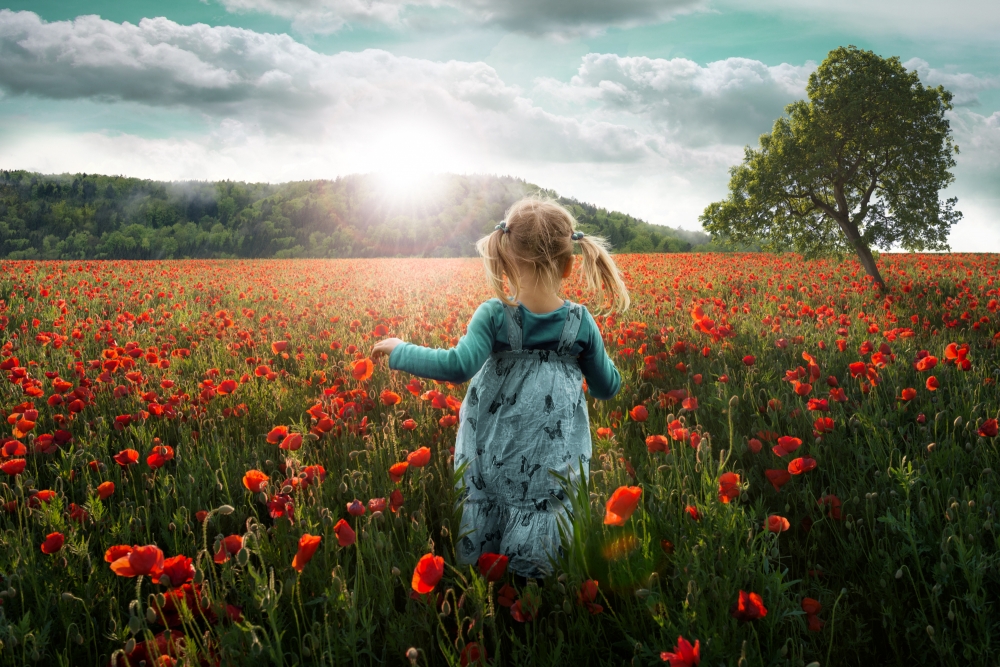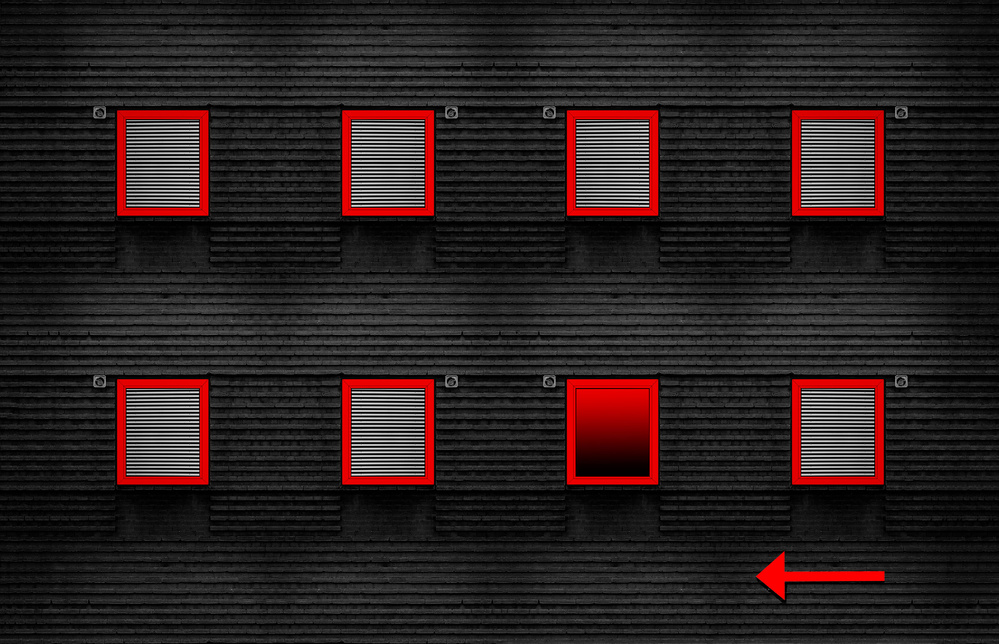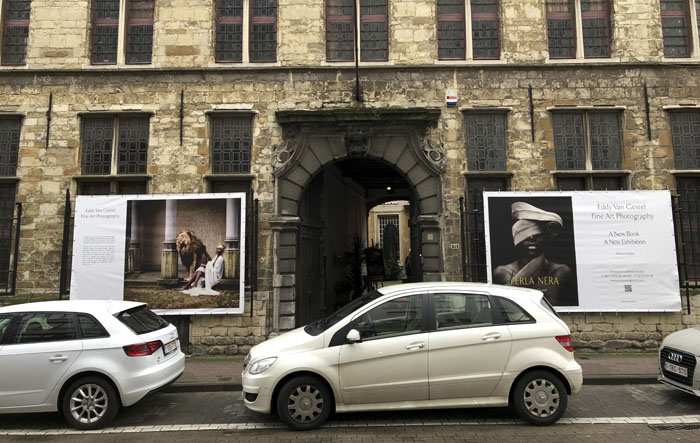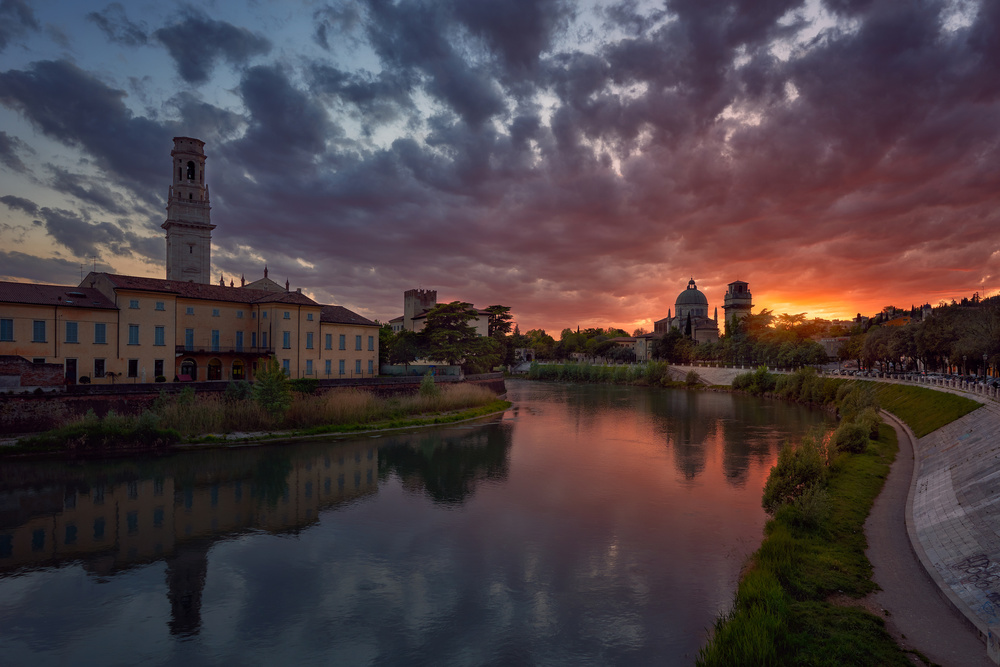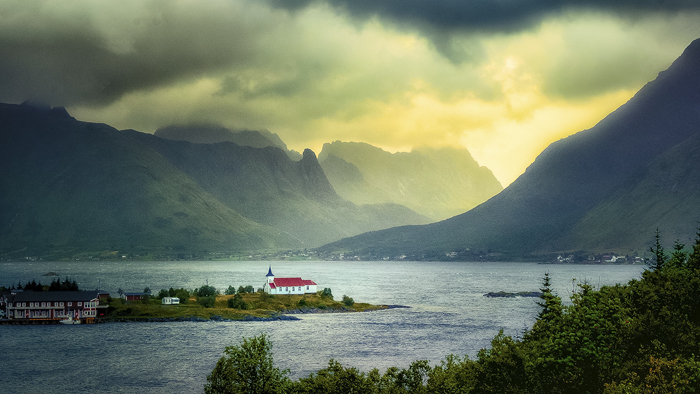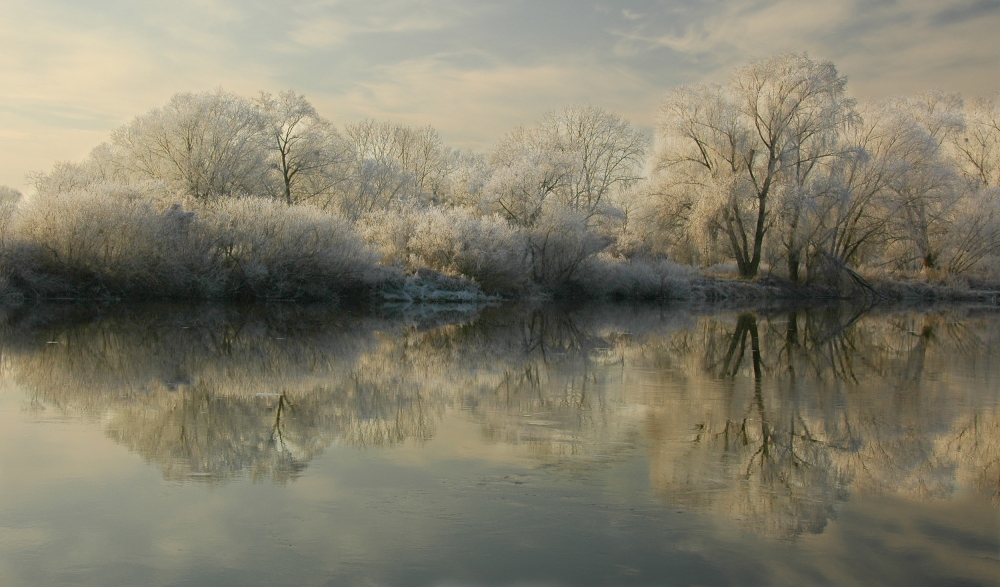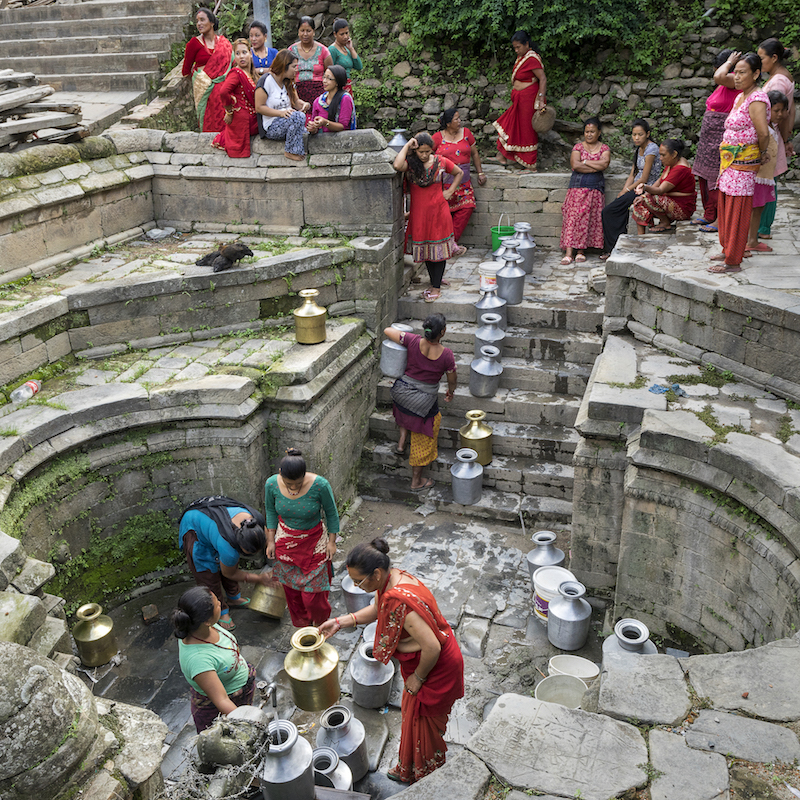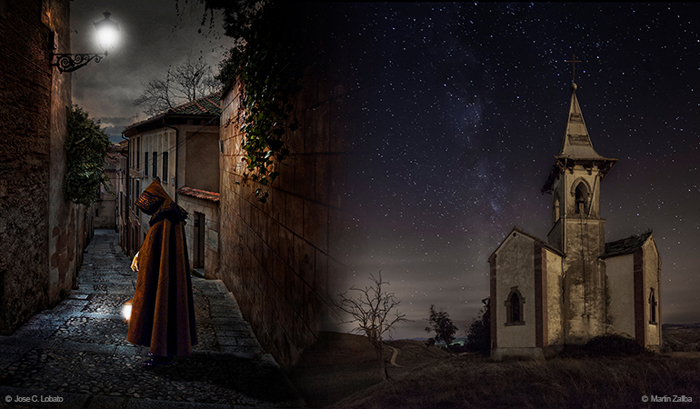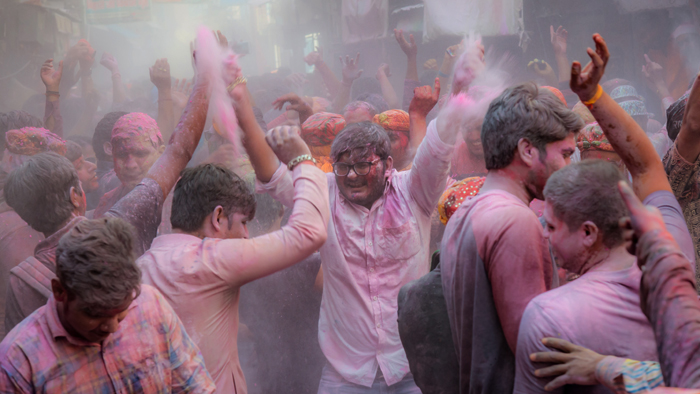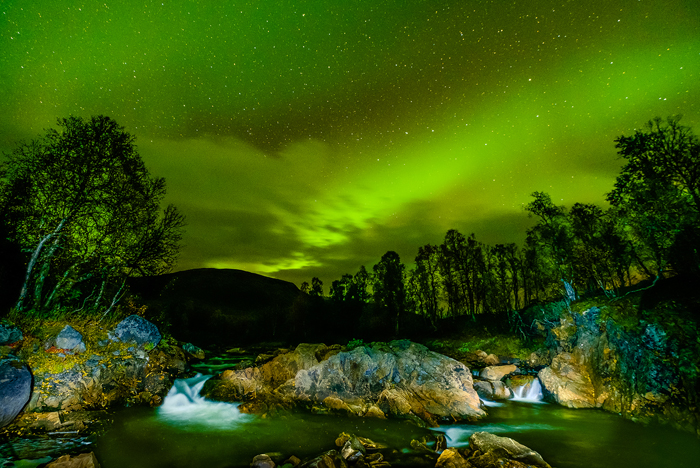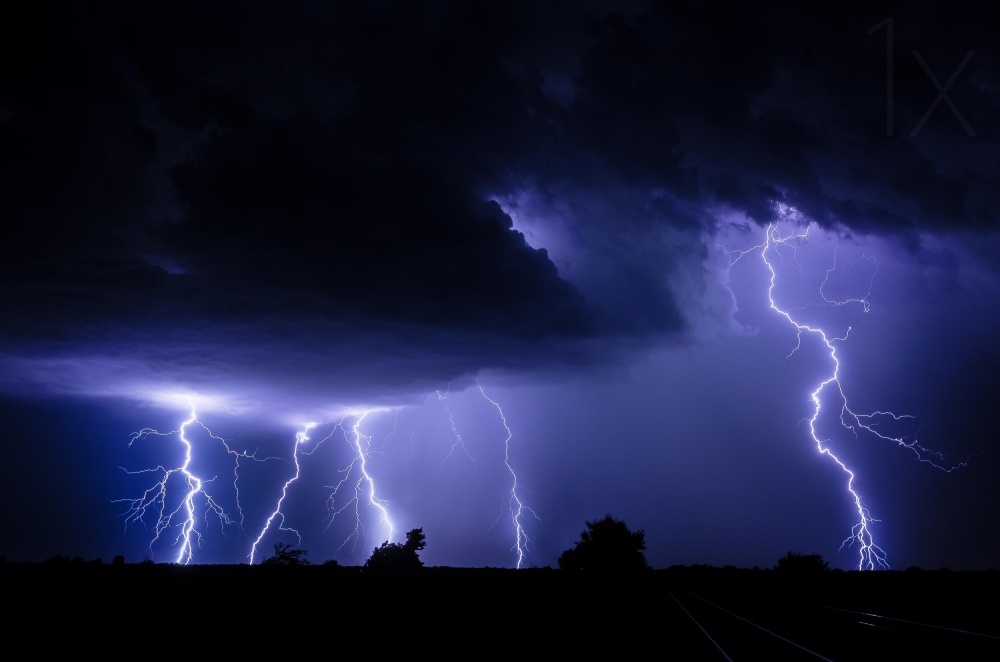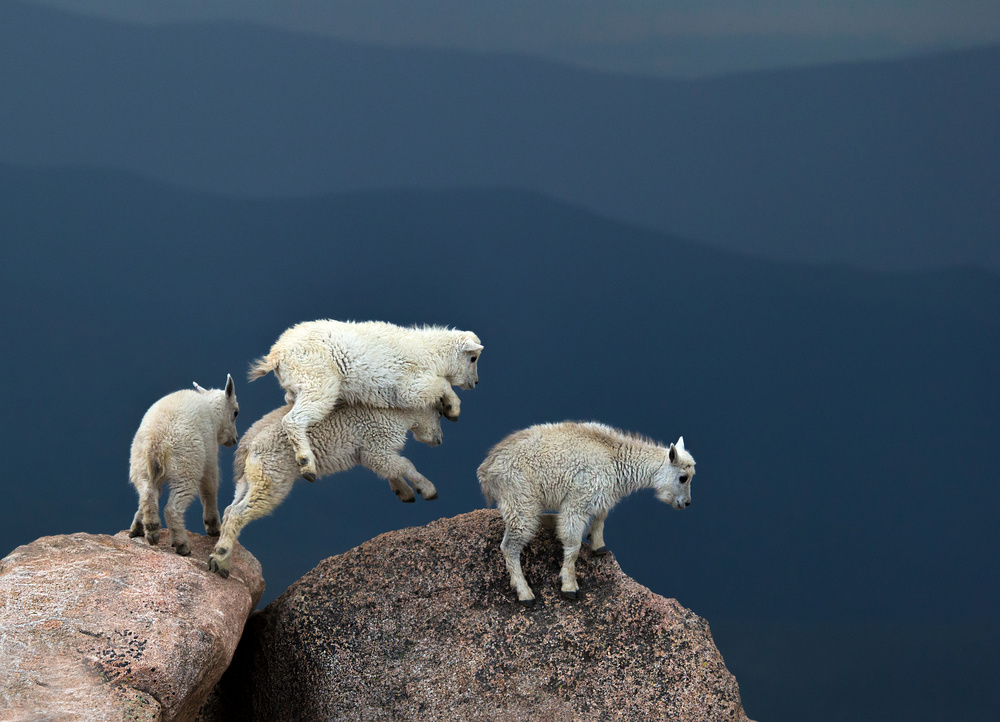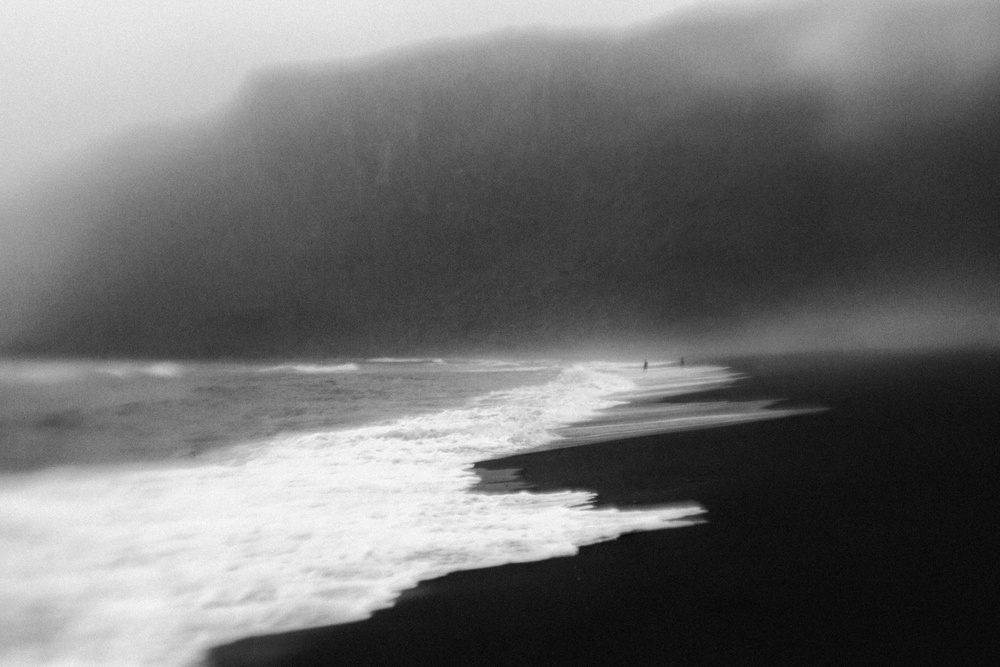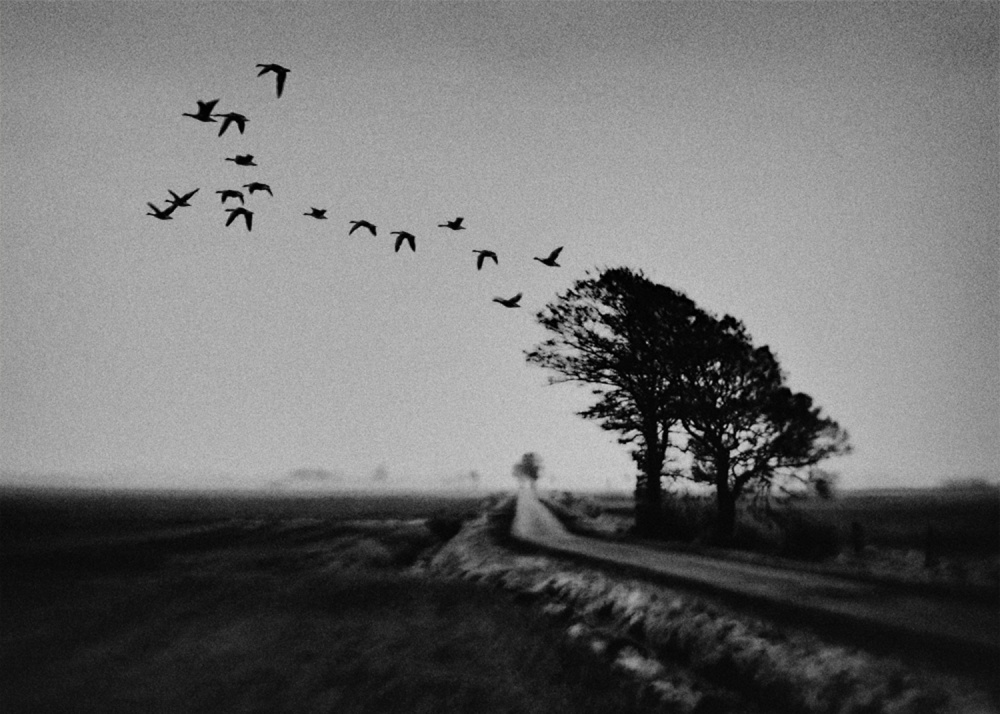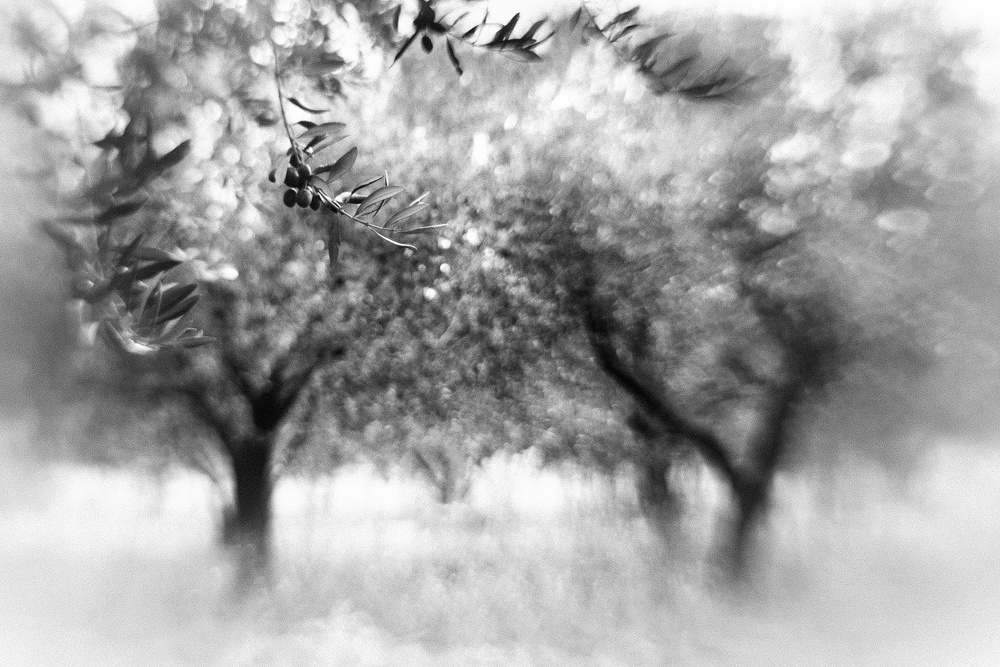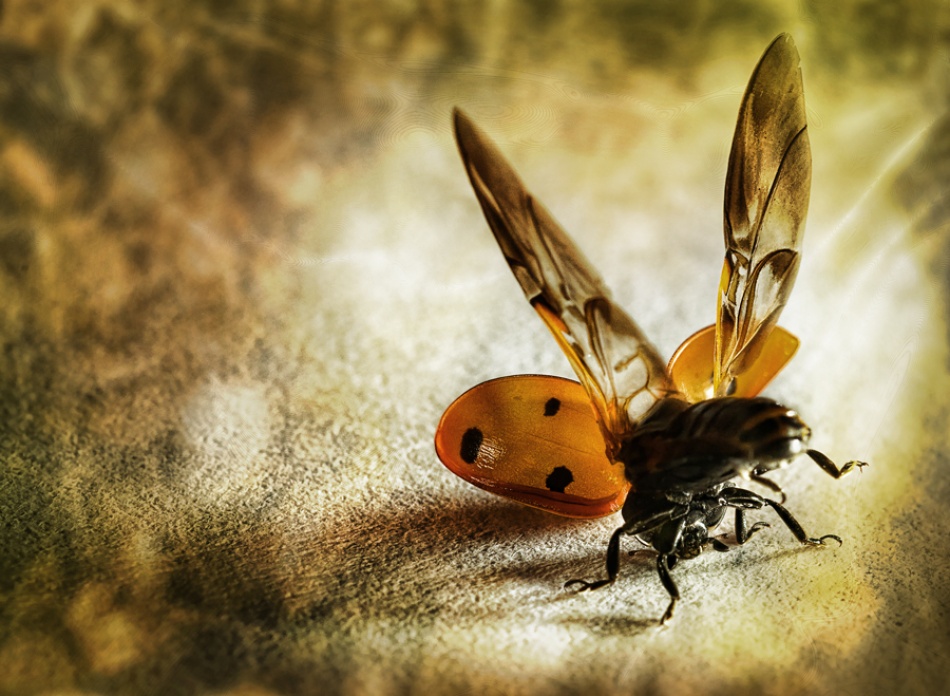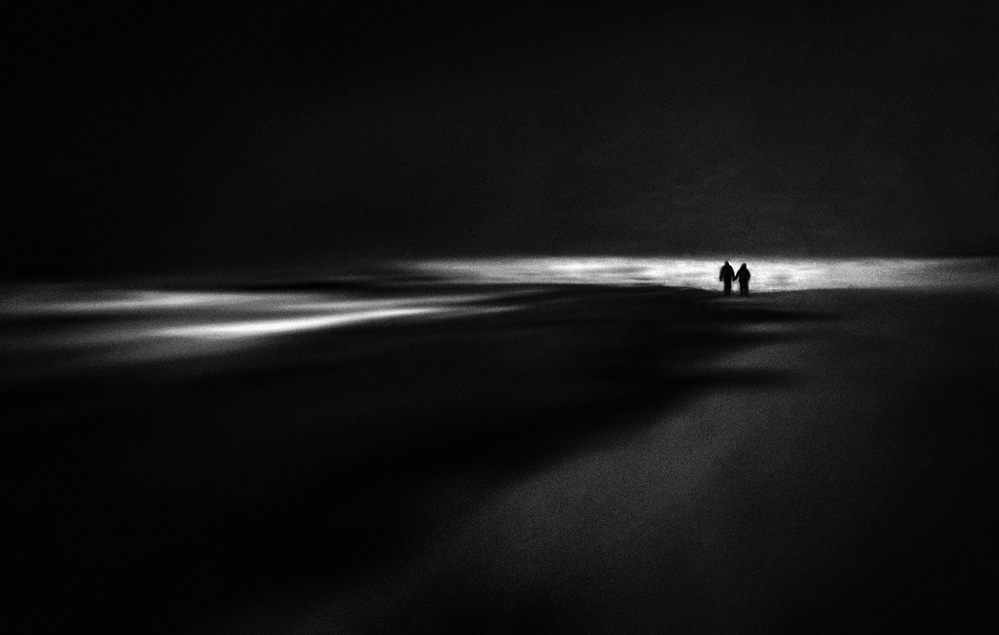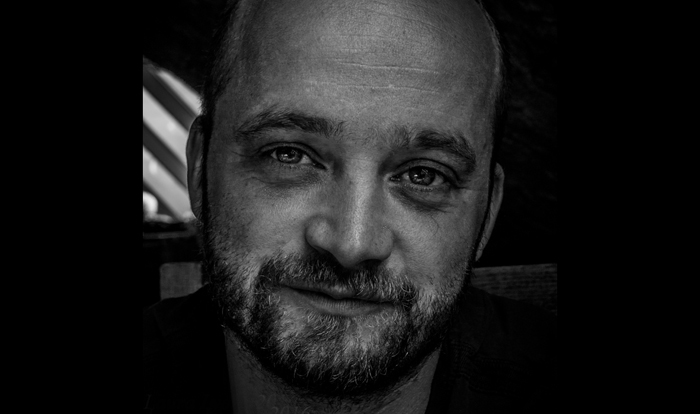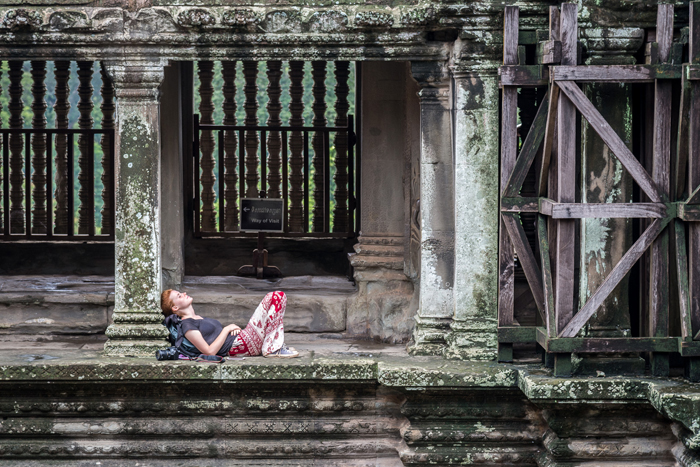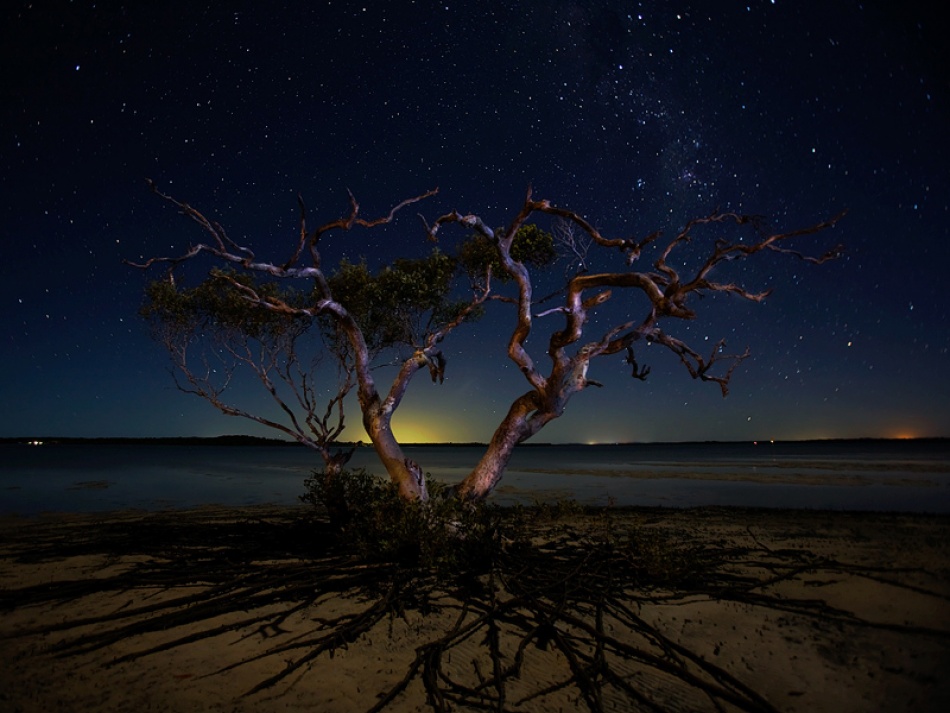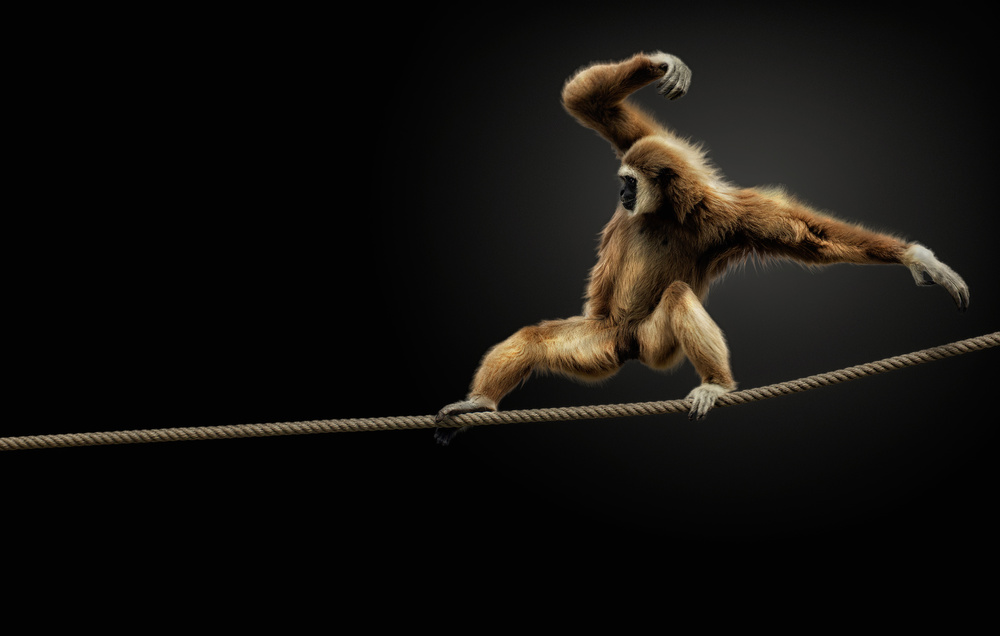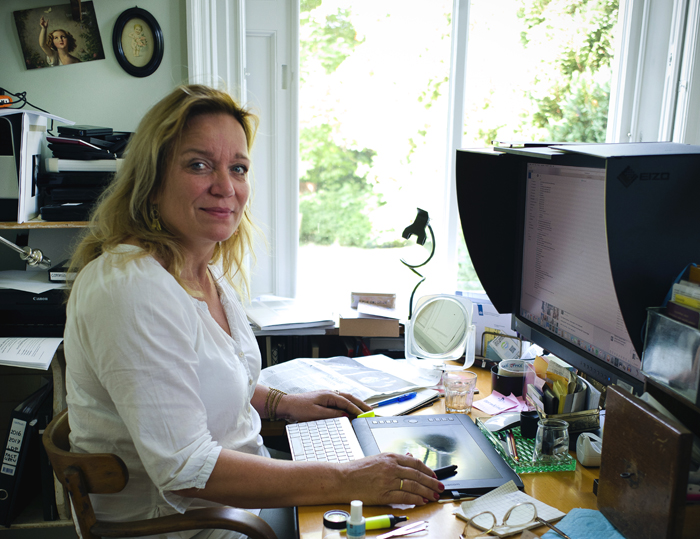Tips & Tricks
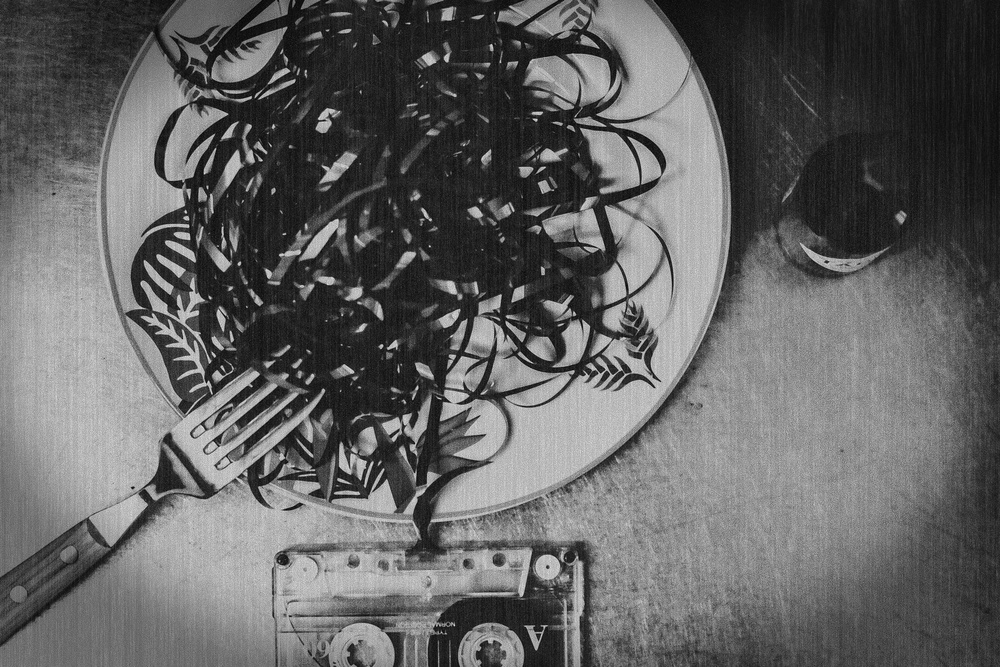
15 reasons to use an analogue camera
1x Blog-Tips & Tricks
As an addict of analogue photography, I like to share today, 15 reasons why I can recommend it.
1. With an analogue camera and the classic film roll, you freeze a moment on photosensitive material. It's called “Old school” but becomes trendy again nowadays.
Analogue cameras produce an original negative and you can create an infinite number of prints.
2. Each print developed in the darkroom is unique. It's really difficult to make two similar prints. Other than the results of digital cameras where the results are always identical. That's why you automatically are set to create a unique image.
3. Analogue photography gives you a better dynamic range in all kind of circumstances which are not always possible with DSLR cameras.
4. You also get a lot more depth, details and tonal range. B&W film rolls are beautiful and still available these days. The prints are fabulous and the viewer can notice a deeper intensity of reality.
5. The processing of an analogue photo is already an experience by itself. The feeling is totally different from that of processing a digital image.
6. The process to get a good analogue photo already is a process that automatically requires lots of attention. It starts when you buy the film roll. You have to make a choice according to the light circumstances for the shoot.
7. Developing your film rolls yourself also is an adventure. It is so exciting to see a few minutes after the development if your negatives are successful or not.
8. It is such a wonderful experience to work in a darkroom. The smell of the chemicals, the magic when your photo slowly appears on the paper. You must have experienced it to fully understand it.
9. The beauty of analogue photography is that you almost are forced to study the techniques. You become much more aware of what you are doing. That is so different from work with digital cameras where you can take an endless number of images with different settings hoping to get that image which satisfies you.
10. You easily can call analogue photography “slow photography”. The number of frames on your film roll is limited to 12, 24 or 36 recordings. You have to think hard before pushing the button. Patience and an accurate composition are keywords.
11. Digital cameras are limited by a certain number of pixels. When using an analogue camera, you decide yourself and shoot in incredible high resolution. The only limitation of a film roll is the scanner to digitalize your photos.
12. By using different analogue cameras, you're continuously challenged to master them.
Each old camera has its own peculiarities and specific features. It stimulates the learning process. You need to be acknowledgeable to be able to make a good print with old devices.
13. There's nothing like B&W pictures made from film rolls. Of course, you can make digital B&W photos, but they never reach the depth, the quality and the feeling you get with the good old film rolls.
14. By making good negatives with a vintage camera, you can put your own “signature” on quality prints that you developed yourself in a dark room. You cannot compare it to Photoshop because everything has to be done manually. Once more, you have to know exactly what you are doing to get a beautiful print.
15. To get the right material to use in a darkroom is a journey full of adventure. It is so exciting to find what you need on the internet! Visiting exhibitions, fairs or simply flea markets is also fun.
Are you inspired?
Take a look at the 1x gallery.
You will find many photographers who still present analogue work.
Here is a small gallery to give you an idea:
"Stand Still" by Harris Rinaldi
"Love Lost" by Rui Correia
. '

